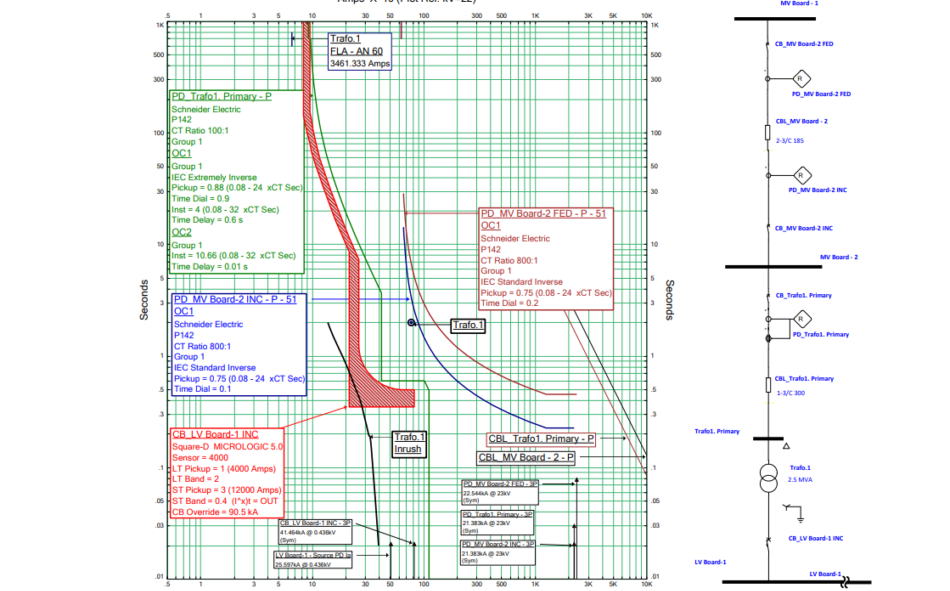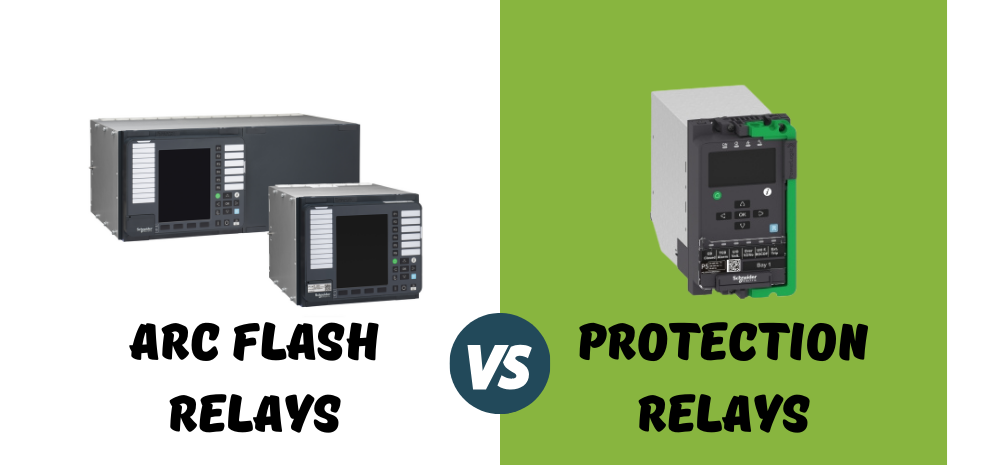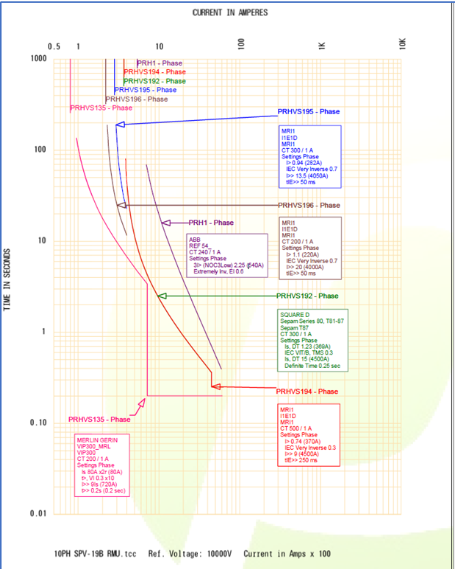Power system modeling, with a specific focus on protection device coordination (PDC), is crucial for maintaining the reliability and efficiency of electrical networks. Through accurate modeling and coordination of protective devices, faults can be detected and isolated promptly, reducing downtime and improving overall system performance. As power systems continue to evolve, advancements in modeling techniques and PDC will play an increasingly vital role in ensuring a resilient and secure electrical system.
Designing an effective protection coordination scheme involves addressing several challenges. These challenges arise due to the complex nature of power systems, which include a vast number of components and interconnections.
- Validation: Identifying the protection settings that are currently installed in the system can prove very difficult if documentation is not kept up-to-date, the site has undergone expansion, equipment upgrades, etc.
- Fault Detection: Rapid and accurate detection of faults is essential for initiating the protection coordination process. Fault detection relies on protective relays that sense abnormal currents, voltages, or other system parameters. Modeling these relays, their time-current curves (TCC’s), and their coordination with other devices is critical to ensuring timely fault detection.
- System Complexity: Power systems are constantly evolving with the addition of new generation sources, transmission lines, and loads. Modeling the entire system accurately and updating the protection coordination scheme accordingly can be challenging.
Benefits of Effective Protection Coordination
- Enhanced System Reliability: Proper coordination minimizes the impact of faults, reducing downtime and improving system reliability. It ensures that only the affected components are isolated, while the rest of the network remains operational.
- Selective Tripping: Protection coordination enables selective tripping, isolating the faulty section accurately and quickly. This selectivity avoids unnecessary disconnection of healthy components, reducing equipment damage and improving overall system efficiency.
- Safety: Protection coordination enhances safety by ensuring that faults are promptly detected and isolated. This minimizes the risk of equipment damage, fire hazards, and electric shock hazards to personnel.
- Reduced Costs: By minimizing the duration and extent of power outages, effective protection coordination reduces the economic impact of disruptions. It helps utilities avoid revenue losses, minimize equipment repair or replacement costs, and maintain customer satisfaction.
If you are interested in conducting a protection coordination study at your facility speak to one of our engineers today.













